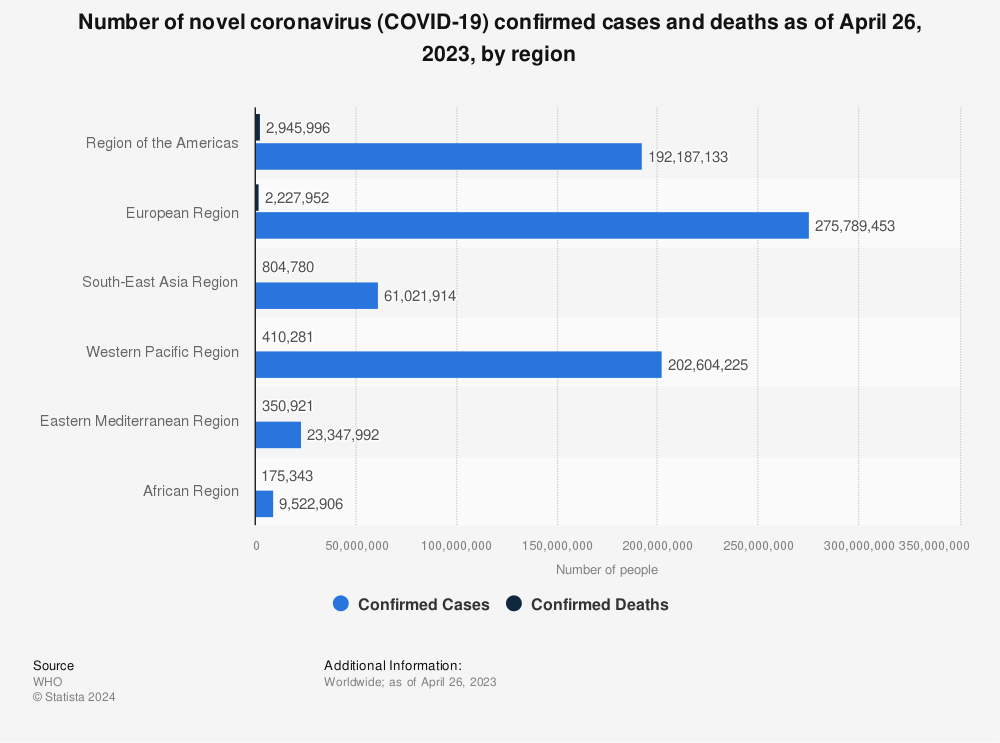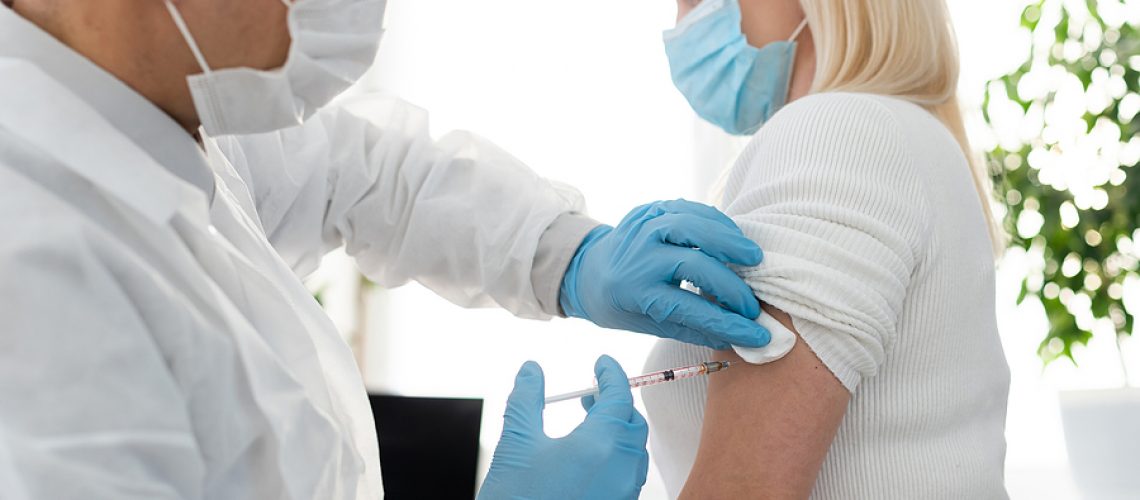he COVID-19 pandemic continues to impact countries around the world. Many are experiencing further waves of infection, and the number of new coronavirus cases worldwide continues to fluctuate. However, several COVID-19 vaccines have been approved for use in different countries, and immunization programs are well underway. Nevertheless, it remains important for the public to stay vigilant, continue to follow safety precautions, and adhere to rules and regulations.
As of January 17, 2022, almost 329 million cases had been recorded worldwide. The United States had the highest number of COVID-19 cases, followed by India and Brazil. Sadly, the number of coronavirus-related fatalities was over 5.5 million, and the U.S. is the country with the most COVID-19 deaths worldwide. In addition to the pandemic’s direct damage, the impact of COVID-19 on mental health has been considerable due to social distancing and lockdown measures.
The status of COVID-19 vaccination rates
As of January 17, 2022, the number of COVID-19 vaccine doses administered worldwide had reached some 9.7 billion. The countries that had administered the most vaccinations were China, India, and the United States. However, when looking at COVID-19 vaccination rates worldwide, the leading countries include Cuba and Chile. Although the United States government has been criticized for its handling of the pandemic, its vaccination rollout has been successful. Elsewhere, the number of COVID-19 vaccination doses administered in Europe is steadily increasing after a frustratingly slow start. Wealthier countries have been accused of securing more than their fair share of vaccines, and there is fear that poorer countries will not have access to the supply that they need to curb the escalating pandemic within their borders. The two leading COVID-19 vaccines by reach are those developed by Pfizer-BioNTech and Oxford-AstraZeneca.

Find more statistics at Statista
The COVID-19 situation in the United States
As of January 15, 2022, the number of cases and deaths from COVID-19 in the U.S. were around 65 million and 847 thousand, respectively, as reported by the Centers for Disease Control and Prevention. New York was initially hit hardest by the pandemic, but the current situation shows that California, Texas, and Florida have the highest number of COVID-19 cases by state. Furthermore, California, New York, and Texas have reported the highest number of deaths from the disease. However, when considering population size, Mississippi and Alabama have the highest COVID-19 death rates by state. Like many other countries, the United States enacted lockdown measures and restrictions to curb the pandemic. At the end of March 2020, it was estimated that over 90 percent of the population was under a stay-at-home order. Many states canceled public events, encouraged social distancing, and closed schools, restaurants, and other entertainment venues. However, with case numbers falling, states began lifting lockdown restrictions and reopening the economy, which led to the number of new coronavirus cases in the United States rising sharply in late October / early November 2020. Positive infections have fallen since the start of the year, perhaps in part due to an immunization drive that has seen very high numbers of COVID-19 vaccinations distributed and administered in the United States.
The timeline of the coronavirus
Coronavirus disease 2019, or COVID-19 for short, is caused by the severe acute respiratory syndrome coronavirus 2 (SARS-CoV-2). It is part of a large family of coronaviruses (CoV), which are transmitted from animals to people. Symptoms of COVID-19 resemble that of the common cold, with those infected often experiencing fever, coughing, and shortness of breath. However, in more severe cases, infection can lead to pneumonia, multi-organ failure, severe acute respiratory syndrome, and even death. The exact source of the virus remains unclear, but it is thought to have originated from a seafood market in the city of Wuhan in China. A report released by the World Health Organization (WHO) at the end of March 2021 was the first from the international public health agency to investigate the origins of the virus. The report states the virus probably started spreading no more than a month or two before it was noticed in December 2019. The report added that transmission from one animal to another and then to humans was the most likely scenario. However, the United States, along with other countries including the United Kingdom and South Korea, have criticized the report for being delayed and stating the WHO did not have access to complete or original data and samples from China.
How the pandemic has changed the economy
The impact of COVID-19 on the global economy has been immense, and it could be many more months before it returns to pre-pandemic levels. Prior to the coronavirus, forecasts showed that growth rates in real gross domestic product (GDP) would increase by 2.9 percent in 2020. However, due to COVID-19, real output fell by 3.4 percent. Furthermore, as a result of job losses and rising unemployment, there have been significant changes in the income tiers of people due to the coronavirus – more than 130 million people worldwide have been added to the ‘poor’ tier. Many industries have felt the full force of the economic downturn, but COVID-19’s impact on the travel and tourism industry has been particularly hard. Airlines have witnessed an unprecedented drop in passengers, while countries and cities that rely on business from tourism have experienced substantial job and revenue losses.
Rosmar Comprehensive Disinfection Service
At rosmar we have a Comprehensive Total Disinfection Service that consists of 3 phases that ensure the eradication of more than 40 viruses, bacteria and pathogenic fungi. The phases consist of:
- Cleaning and disinfection of Critical Points: Cleaning will be reinforced in areas of high risk and frequent contact such as: door plates, taps, railings, keyboards, telephones, desk surfaces, etc.
- Misting: Disinfection of common and high-flow areas, a disinfectant is used that easily evaporates and does not damage any type of surface, such as: cloth, desks, computers, telephones, etc. Unlike chlorine, it irreparably damages these surfaces and equipment.
- Thermal fogging: To guarantee disinfection and cover inaccessible places or in those areas that require humidity control through the use of disinfectant smoke that eliminates pathogens.
All our products have the records and / or certifications of the main national and international public and private regulatory institutions (SADER, COFEPRIS, EPA, FDA, NSF, among others) that are produced under the highest quality standards, our service has with COFEPRIS certification and is within the list published online.
Source: Statista. This text provides general information. Statista assumes no liability for the information given being complete or correct. Due to varying update cycles, statistics can display more up-to-date data than referenced in the text.


